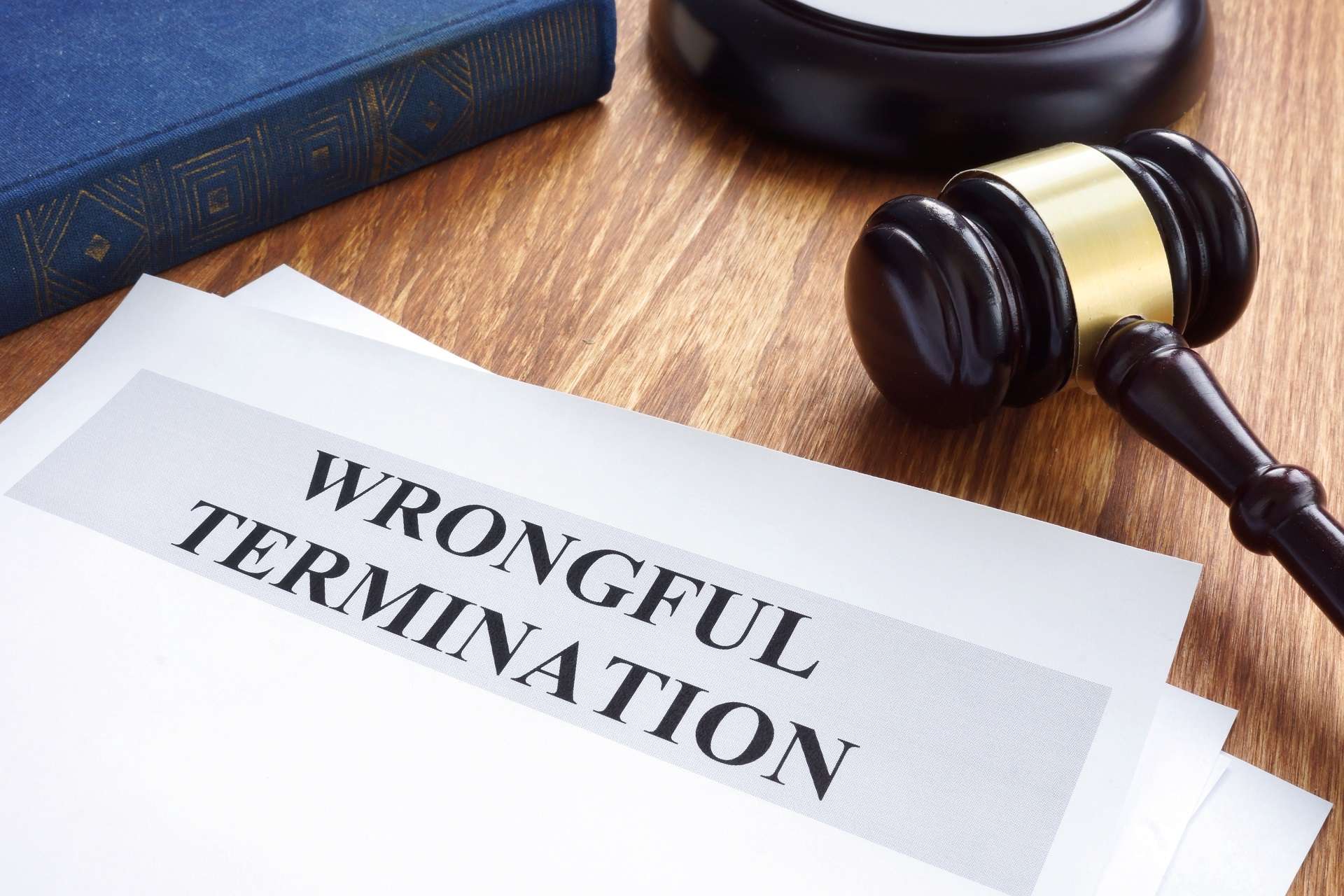The Role of Discrimination in Wrongful Termination Cases
Wrongful termination is a legal concept that encompasses various unlawful firing practices, including firings based on discriminatory motives. Discrimination in the workplace is illegal, and when someone is terminated because of their race, gender, age, disability, religion, or another protected characteristic, it may qualify as wrongful termination. If you suspect that discrimination played a role in your termination, it’s crucial to understand your rights and the steps you can take to seek justice.
In this blog post, we will explore the role of discrimination in wrongful termination cases, including what constitutes workplace discrimination, how to recognize it, and the steps you can take to pursue a wrongful termination claim based on discriminatory motives.
1. What Is Discrimination in the Workplace?
Discrimination in the workplace occurs when an employer treats an employee unfairly or negatively because of a characteristic protected by law. Under both federal and state laws, certain categories of individuals are protected from discrimination in the workplace. These categories include:
- Race or color
- Gender or sex
- Age (40 years or older)
- Disability or medical condition
- Religion
- National origin
- Pregnancy
- Genetic information
The Civil Rights Act of 1964, particularly Title VII, and other laws such as the Age Discrimination in Employment Act (ADEA) and the Americans with Disabilities Act (ADA), provide protections for employees against discrimination in hiring, firing, promotion, compensation, and other terms and conditions of employment.
When a person is terminated due to one of these protected characteristics, it may constitute wrongful termination under the law.
2. How to Identify Discrimination in a Wrongful Termination Case
Recognizing when discrimination is the cause of wrongful termination can be challenging. Employers may use subtle tactics to hide their discriminatory motives, making it hard to prove discrimination on the surface. However, there are certain signs and patterns that may point to discriminatory actions behind your termination.
Signs of potential discrimination:
- Unusual termination timing: If you were suddenly fired after taking a protected action—such as filing a workers’ compensation claim, requesting reasonable accommodations for a disability, or taking parental leave—this could indicate retaliation or discrimination.
- Negative comments about a protected characteristic: Discriminatory remarks made by supervisors, colleagues, or even HR can be a strong indicator that discrimination is at play. For example, comments related to your age, gender, race, or disability may signal bias and help to substantiate your claim.
- Inconsistent application of policies: If your employer has a pattern of firing employees with certain characteristics but not others who have committed similar offenses, this could suggest that your termination was based on discrimination. For example, firing only older employees or those from a specific ethnic group may be evidence of racial or age discrimination.
- Failure to follow company policies: If your employer terminated you without following their own internal disciplinary procedures or without providing a reason consistent with their typical firing practices, it may raise questions about the true motives behind the decision.
Examples of discriminatory practices:
- Gender discrimination: Firing a woman after she returns from maternity leave, or promoting male employees while overlooking qualified female candidates, could indicate gender discrimination.
- Age discrimination: Firing someone near retirement age, particularly when they have been a strong performer, may be a case of age discrimination.
- Disability discrimination: Firing an employee after they request reasonable accommodations for a disability may be an indication of discriminatory firing based on their disability.
3. Proving Discriminatory Termination
If you believe your termination was discriminatory, the burden of proof falls on you, the employee, to demonstrate that discrimination played a role in your firing. This can be difficult to prove without concrete evidence, but there are various methods and types of evidence you can use to support your claim.
Key forms of evidence to support a discriminatory firing claim:
- Direct evidence: This includes discriminatory remarks, emails, or other communications made by your employer or coworkers. For example, if your boss made a comment like “You’re too old for this job” or “We need someone with more energy” before firing you, this could be powerful evidence of age or age-related discrimination.
- Circumstantial evidence: This includes patterns of discriminatory behavior or statistical evidence that show a group of employees with a particular characteristic (such as race, age, or gender) are disproportionately fired compared to others. If other employees who share your protected characteristic have been treated unfairly or fired under similar circumstances, this may strengthen your claim.
- Disparate treatment: If other employees outside of your protected class were treated differently for the same behavior or violation, it could demonstrate discriminatory intent. For example, if an older employee is fired for taking time off for medical reasons, but younger employees who take similar time off are not fired, it could be evidence of age discrimination.
- Failure to accommodate: If you were terminated after requesting accommodations for a disability and those accommodations were not considered, this could be evidence of discrimination under the ADA.
4. What Legal Options Do You Have?
If you believe that you were discriminated against and wrongfully terminated, there are a few potential legal options available to you, depending on the specifics of your case.
1. Filing a Complaint with the EEOC:
If you believe your termination was based on discrimination, the first step is typically to file a complaint with the Equal Employment Opportunity Commission (EEOC). The EEOC is the federal agency responsible for enforcing discrimination laws in the workplace.
You must file your complaint within 180 days (or 300 days in some states) of the alleged discriminatory act. After you file, the EEOC will investigate your claim and may offer to mediate a settlement between you and your employer. If they determine that discrimination has occurred, they may file a lawsuit on your behalf or issue you a Right to Sue letter, which allows you to proceed with a lawsuit in court.
2. State and Local Agencies:
In addition to the EEOC, many states and local governments have their own agencies that enforce anti-discrimination laws. These agencies may provide additional protections or more time to file a complaint, so it’s important to check with your state or local agency to ensure you meet the filing deadlines.
3. Lawsuit in Civil Court:
If the EEOC is unable to resolve your claim or you receive a Right to Sue letter, you can file a lawsuit in civil court. Your attorney will help you determine whether you have a strong case and will represent you in court to pursue damages for lost wages, emotional distress, and other remedies.
5. Seeking Legal Help
If you believe your termination was discriminatory, it’s essential to consult with an experienced employment attorney. A skilled lawyer can assess the details of your case, help you gather the necessary evidence, and guide you through the legal process. Discrimination claims can be complex, so having the right legal representation can significantly increase your chances of success.
Conclusion
Discrimination plays a significant role in many wrongful termination cases, and it’s essential for employees to understand their rights under the law. If you suspect that discrimination was a factor in your firing, it’s crucial to gather evidence, document your case, and seek professional legal assistance. By pursuing a wrongful termination claim, you can hold your employer accountable and protect your rights in the workplace. We recommend wrongful termination lawyers maryland.






